
Photography is not just my profession, it's also my hobby. In Finland, we spend nearly half the year in darkness, so during the winter months I wanted to find a way to continue pursuing photography in my personal time. Like so many other photographers, I had to find ways of working creatively with what is within reach, and that's what ultimately inspired me to shoot the night sky. Luckily, Finland is a great place for it. There are so many forests and amazing places where you have great visibility of the stars and, of course, wonderful displays of the aurora borealis, or Northern Lights.
Shooting the night sky makes you forget about time. On my work shoots there are usually a lot of people and a sense of hustle, but with astrophotography, I am out in nature on my own, or with one other friend. I love being in nature, especially at night. It's so silent and creates serene, peaceful moments.
I also love that it forces you to be totally present in the moment. Living in Finland, I've seen the Northern Lights a number of times, but it never loses its charm. The appearance of the aurora all happens very fast, so you get a huge adrenaline rush, rushing to get the shot because it could well all be over within seconds. You also don't know how the images will turn out, because each display will reveal different colours, shapes and forms. That makes it all the better. When we shoot in darkness, we're shooting blind so the best thing about it is the fact that you're creating images you can't normally see with the naked eye. Only a camera can capture the long exposure, among other features, and that's what makes these moments magical - the end result is always a surprise.
High-end kit not required
Denne historien er fra September 2023-utgaven av BBC Sky at Night Magazine.
Start din 7-dagers gratis prøveperiode på Magzter GOLD for å få tilgang til tusenvis av utvalgte premiumhistorier og 9000+ magasiner og aviser.
Allerede abonnent ? Logg på
Denne historien er fra September 2023-utgaven av BBC Sky at Night Magazine.
Start din 7-dagers gratis prøveperiode på Magzter GOLD for å få tilgang til tusenvis av utvalgte premiumhistorier og 9000+ magasiner og aviser.
Allerede abonnent? Logg på
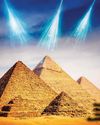
Putting cosmic rays to work
These penetrating interstellar particles have applications from astronomy to archaeology
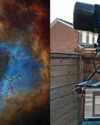
Set up your first imaging sequence
How to automate and coordinate your gear over multiple nights of imaging
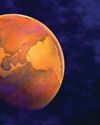
The Universe without gravity
Life with no gravity might sound a fun idea, but as Govert Schilling explains, shutting off this pivotalforce would spell disaster for Earth and beyond
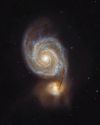
How to blend images taken with different camera setups
Combine data captured at varied focal lengths to create rich, deep images
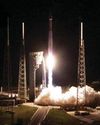
INSIDE THE SKY AT NIGHT
Back in September 2021, The Sky at Night show spoke to Carly Howett about NASA's then upcoming Lucy mission. As the spacecraft now approaches its main targets - the Trojan asteroids - we check in with her to see how the mission is going
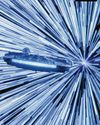
The science of SCI-FI
We love a good sci-fi film, but do they get the science right? Amy Arthur picks six of the big mistakes made in space films
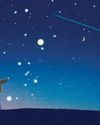
Seeing in a new light
It's National Astronomy Week this month, so take a tip from Mark Westmoquette and let mindful stargazing change your perspective on your life and problems
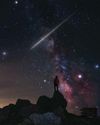
What to do if you find a meteorite
Ever come across an unusual rock and wondered if it's a meteorite? Mark McIntyre explains how to tell if that stone really is a fragment from outer space
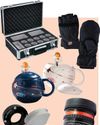
GEAR
Charlotte Daniels rounds up the latest astronomical accessories
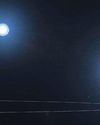
Q&A WITH A STELLAR ECLIPSE SPECIALIST
Many stars are gravitationally locked inside multi-star systems, but a rare new triple-star system has set a new record for how cosy these clusters can get